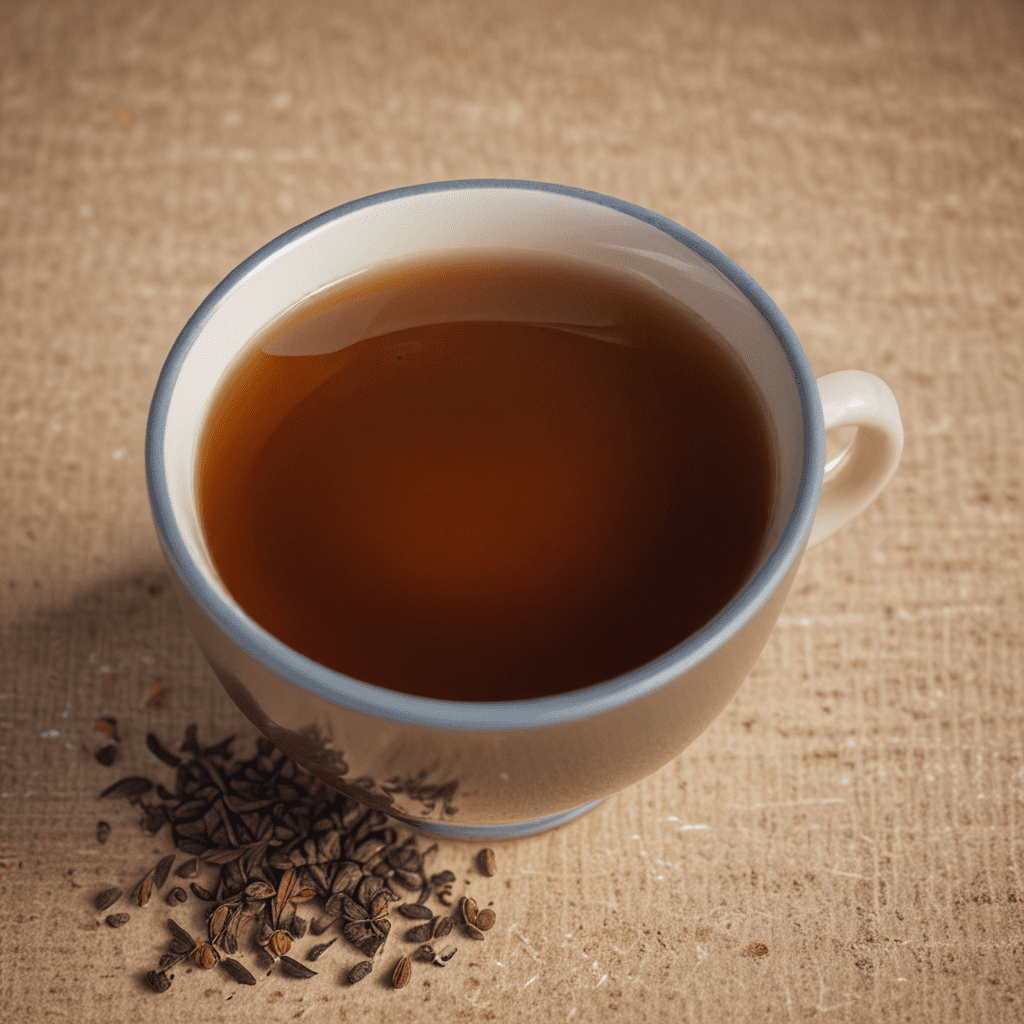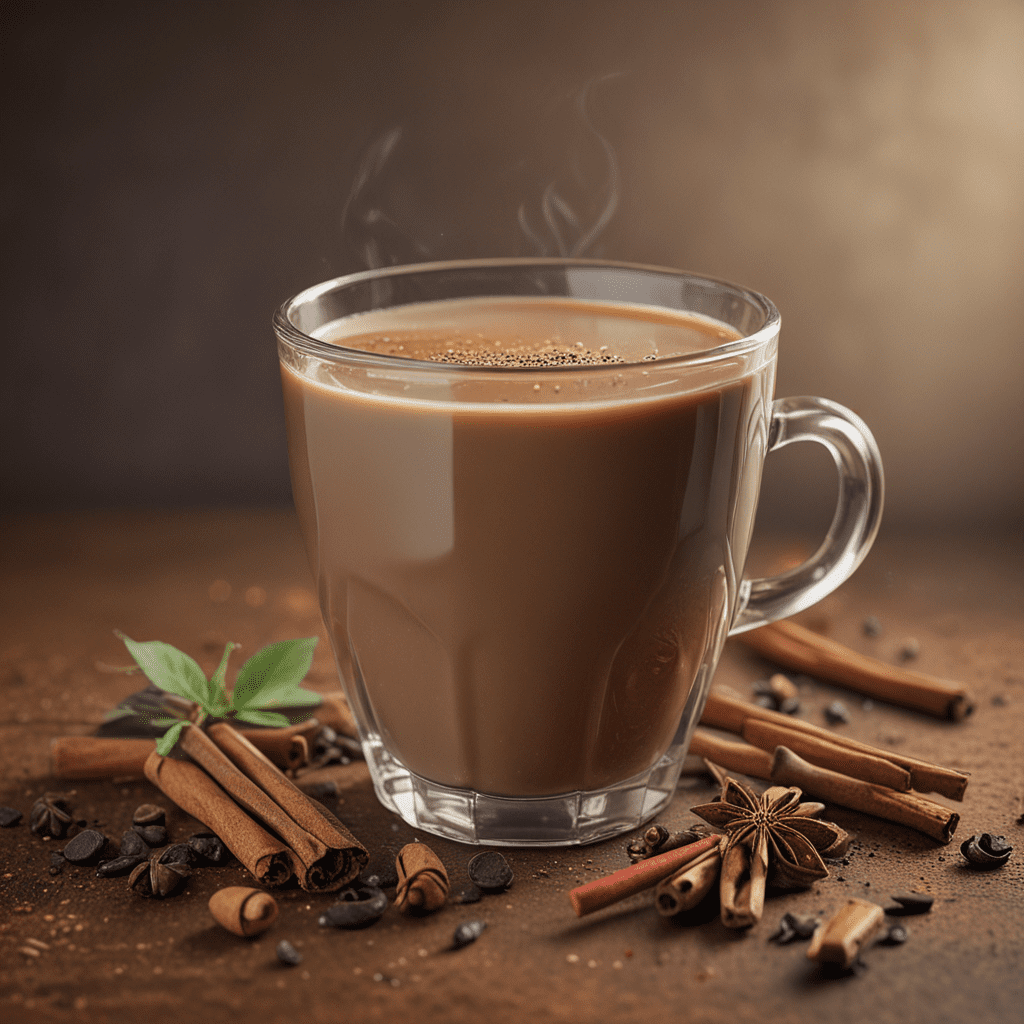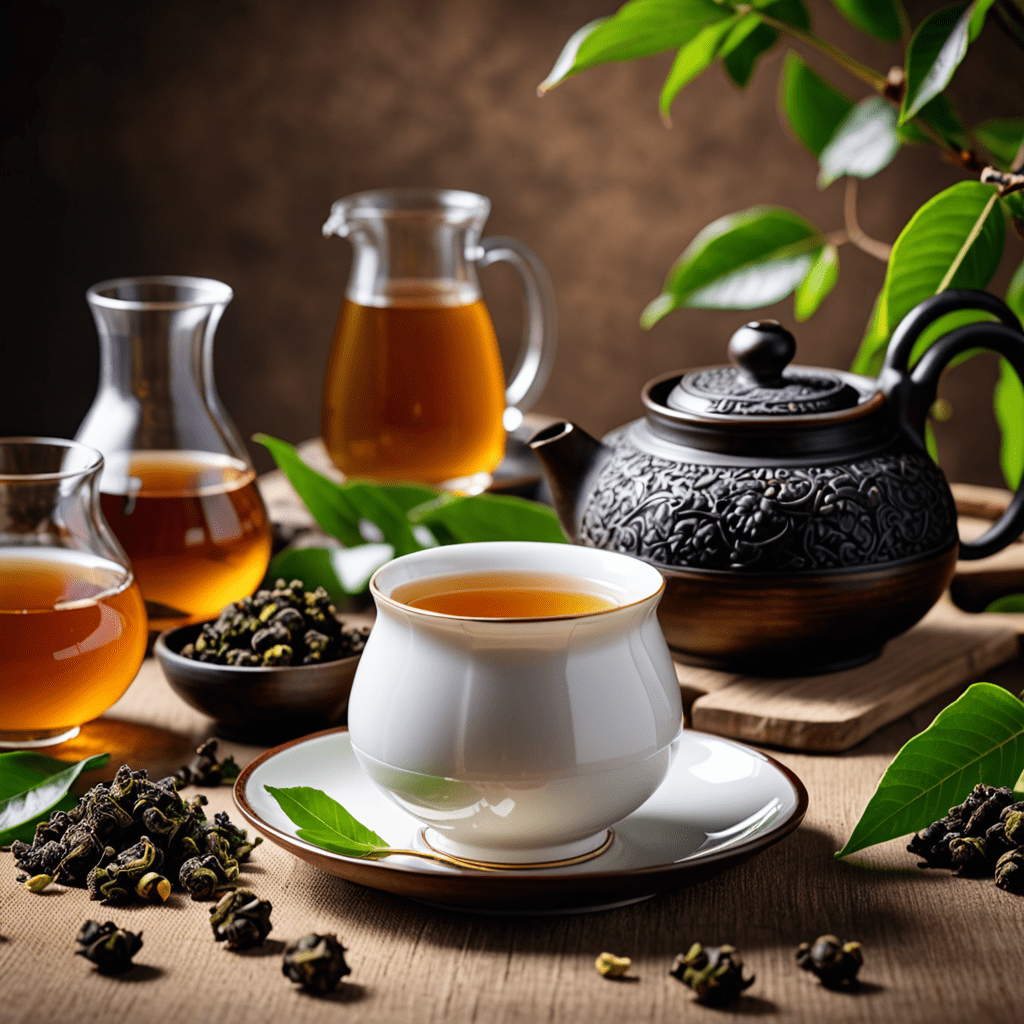
1. Introduction to Chai Tea
Chai, a delectable concoction originating from the Indian subcontinent, has captivated tea enthusiasts worldwide with its aromatic brew and invigorating flavors. Its name, meaning "tea" in Hindi, belies a rich tapestry of spices and black tea leaves, steeped together to create a symphony of senses. Chai embodies the very essence of warmth, comfort, and cultural heritage, transcending its role as a mere beverage to become an integral part of many societies. As we delve into the art of steeping and sipping chai, let us uncover the secrets that make this enchanting elixir so beloved.
2. Selecting the Perfect Ingredients
The foundation of an exceptional chai lies in the judicious selection of its ingredients. When choosing black tea leaves, renowned for their robust flavor, opt for varieties like Assam or Darjeeling. These teas provide the backbone upon which the symphony of spices can dance. As for the spices, the traditional chai masala blend typically comprises cardamom, cinnamon, ginger, cloves, and black peppercorns. Each spice contributes its own unique note to the harmony of flavors. Remember, the quality of the ingredients you choose will have a profound impact on the final brew.
3. Understanding the Brewing Techniques
The art of chai brewing is a delicate dance between time, temperature, and proportion. For an optimal brew, use freshly drawn cold water and bring it to a rolling boil. Add your chosen black tea leaves and allow them to steep for 3-5 minutes, depending on your desired strength. Subsequently, add the chai masala blend and simmer for an additional 5-7 minutes. During this time, the spices meld harmoniously with the tea, releasing their captivating aromas and flavors. The precise brewing time will vary based on personal preference, but these guidelines will lead you towards a well-balanced cup of chai.
4. Exploring the Spices and Aromatics
The symphony of flavors in chai is orchestrated by its carefully chosen blend of spices. Cardamom, with its warm and slightly sweet notes, takes center stage, while cinnamon adds a touch of sweetness and pungency. Ginger brings a lively spiciness, while cloves lend a deep, earthy aroma. Black peppercorns provide a subtle bite, rounding out the harmonious blend. Feel free to experiment with different spice ratios to create your own unique chai masterpiece, tailored to your palate.
5. Crafting the Perfect Blends
The beauty of chai lies in its versatility, allowing for endless variations to suit individual tastes. Start with a traditional chai masala blend and adjust the proportions of each spice to achieve your desired flavor profile. For a more intense chai, increase the proportion of ginger and cloves. If you prefer a sweeter chai, add a touch more cardamom or cinnamon. The possibilities are limitless, inviting you to explore the art of blending and create your own signature chai.
6. The Art of Sweetening and Flavoring
Chai tea offers a blank canvas for experimentation with sweeteners and flavorings. Traditional Indian chai is often sweetened with jaggery, a natural sweetener made from unrefined cane sugar. However, honey, maple syrup, or stevia can be used as healthier alternatives. For a touch of indulgence, add a dollop of condensed milk to create a creamy, decadent brew. If desired, enhance the flavors of chai by adding a touch of vanilla extract, grated nutmeg, or even a slice of fresh ginger.
7. Proper Steeping and Pouring Techniques
Steeping and pouring chai tea is an art form in itself. Once the chai has reached its desired strength, remove it from the heat and strain it into a teapot or serving pot. Use a fine-mesh strainer to capture any remaining spices. To create a frothy, flavorful top layer, pour the chai back and forth between two pots several times. This aeration process releases the chai's full aromatic potential and enhances its taste.
8. Enhancing the Experience with Pairing
Chai tea pairs wonderfully with a variety of accompaniments. Traditional Indian snacks like samosas, pakoras, or jalebis complement the spicy sweetness of chai perfectly. For a more Western twist, serve chai with scones, cookies, or even a slice of apple pie. Chai's versatility extends to its ability to accompany savory dishes as well, such as grilled chicken or roasted vegetables.
9. The Health Benefits of Chai Tea
Beyond its captivating flavors, chai tea also boasts numerous health benefits. Its blend of spices, particularly ginger and cinnamon, aids in digestion and reduces inflammation. Black tea, the base of chai, contains antioxidants that can help protect against cellular damage. Additionally, the caffeine content in chai can provide a gentle energy boost, making it a great choice for an afternoon pick-me-up.
10. The Ritual and Tradition of Chai
Chai tea is more than just a beverage; it is an integral part of many cultures. In India, chai is often served as a welcoming gesture and a way to socialize. It is a staple at festivals, celebrations, and family gatherings. The ritual of making and sharing chai has been passed down through generations, embodying the values of hospitality, community, and togetherness.
FAQ
Q: What is the best way to store chai tea?
A: Store chai tea in an airtight container in a cool, dark place. This will help preserve its freshness and flavor.
Q: Can I make chai tea without black tea?
A: Yes, you can make a caffeine-free version of chai tea by using rooibos or herbal tea blends as a base.
Q: How long does chai tea typically steep?
A: The steeping time for chai tea varies depending on the desired strength. A good starting point is to steep for 5-7 minutes.
Q: Can I add milk to chai tea?
A: Yes, many people enjoy adding milk to chai tea. This gives it a creamier, richer flavor.
Q: What is the difference between chai tea and masala chai?
A: Chai tea and masala chai are essentially the same beverage. Masala chai simply refers to the specific blend of spices used to make chai tea.


